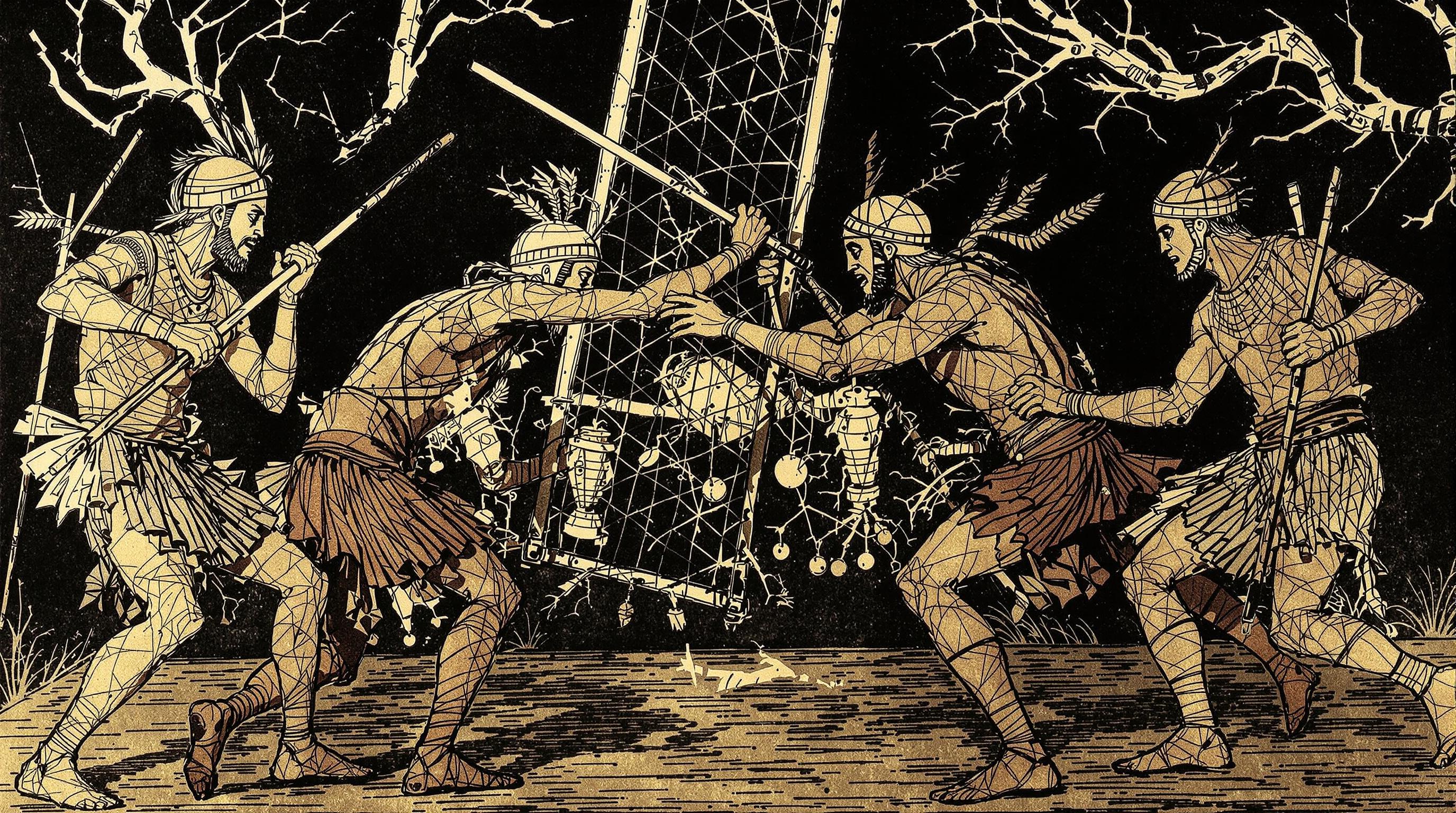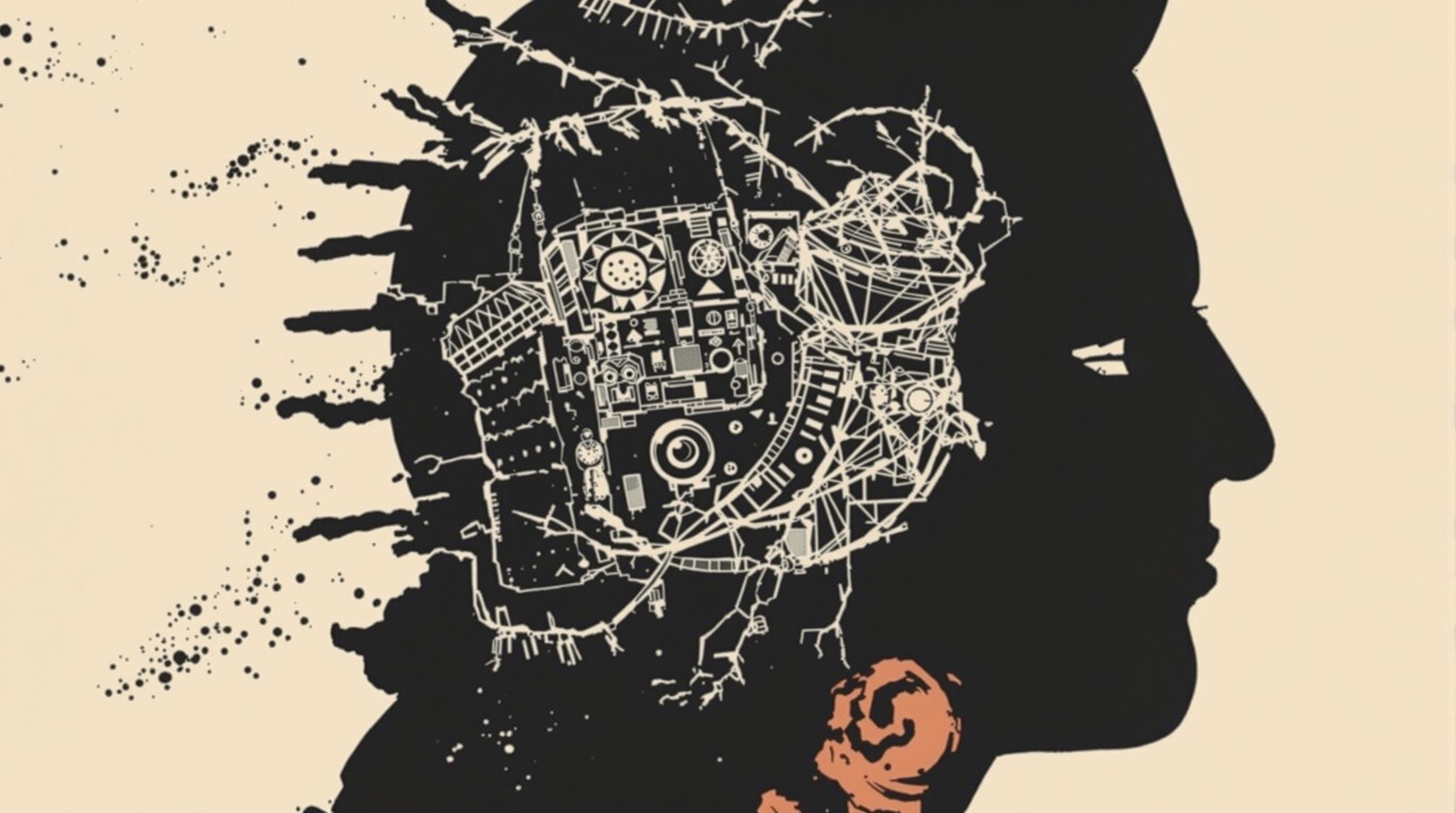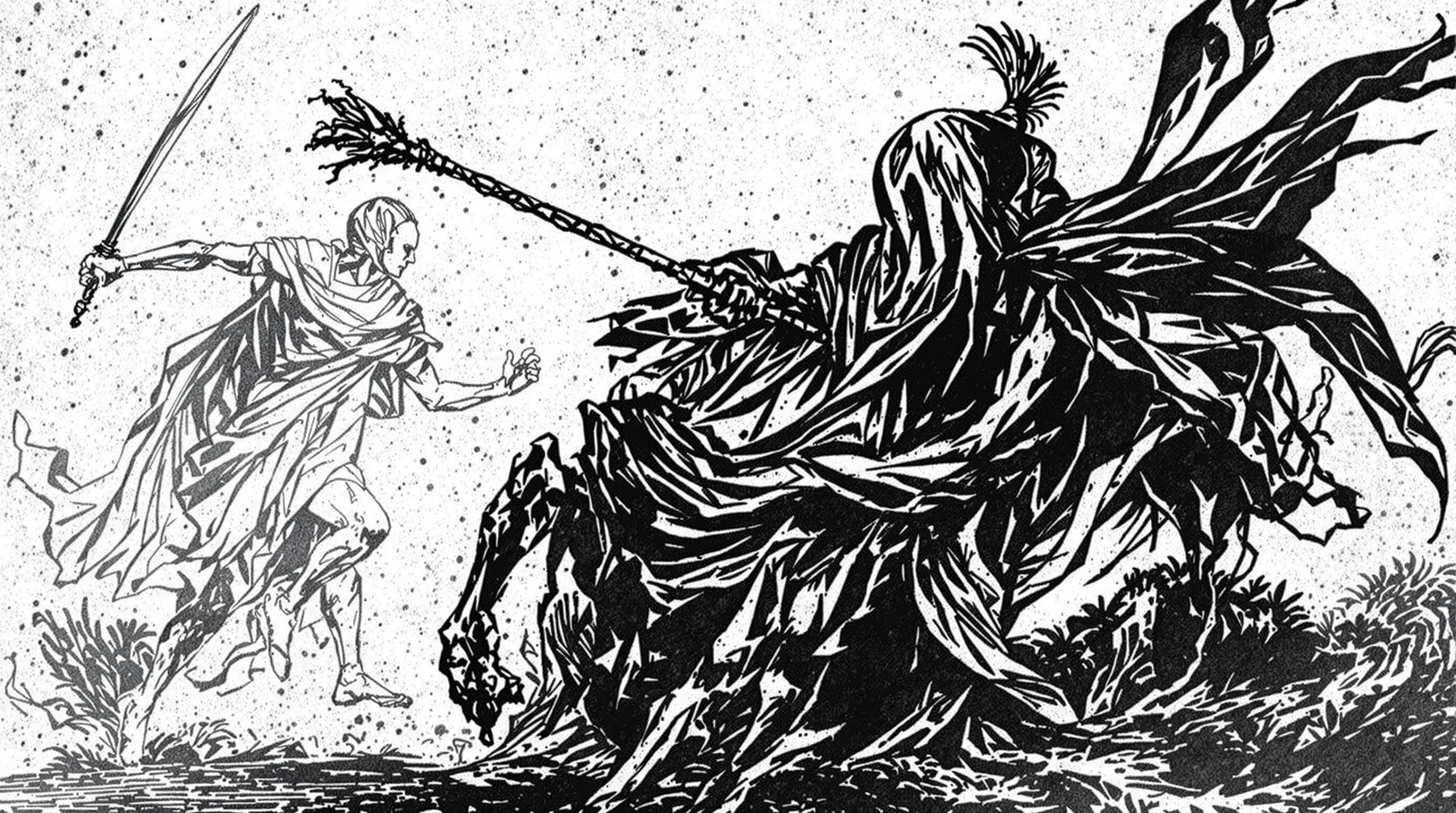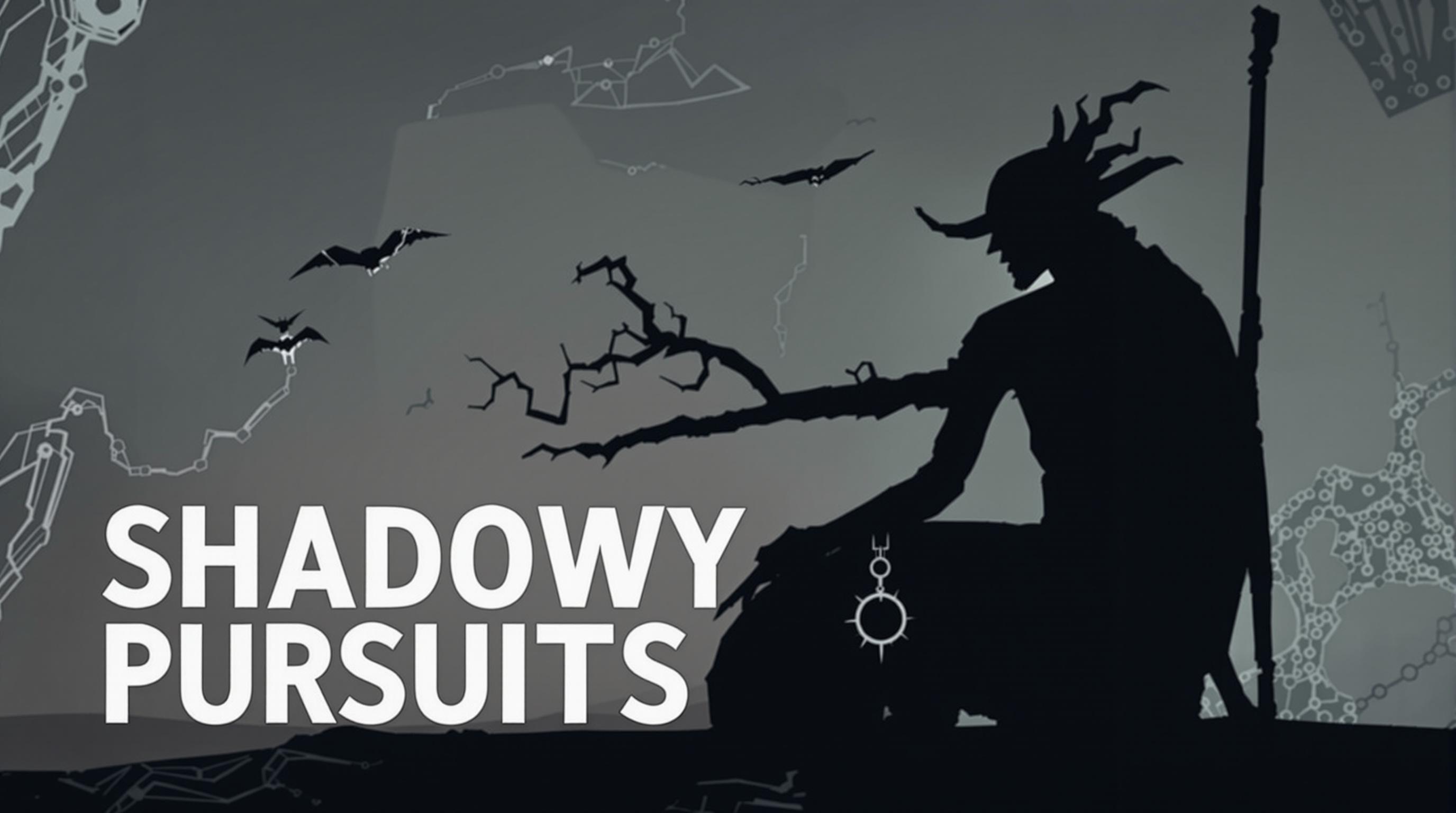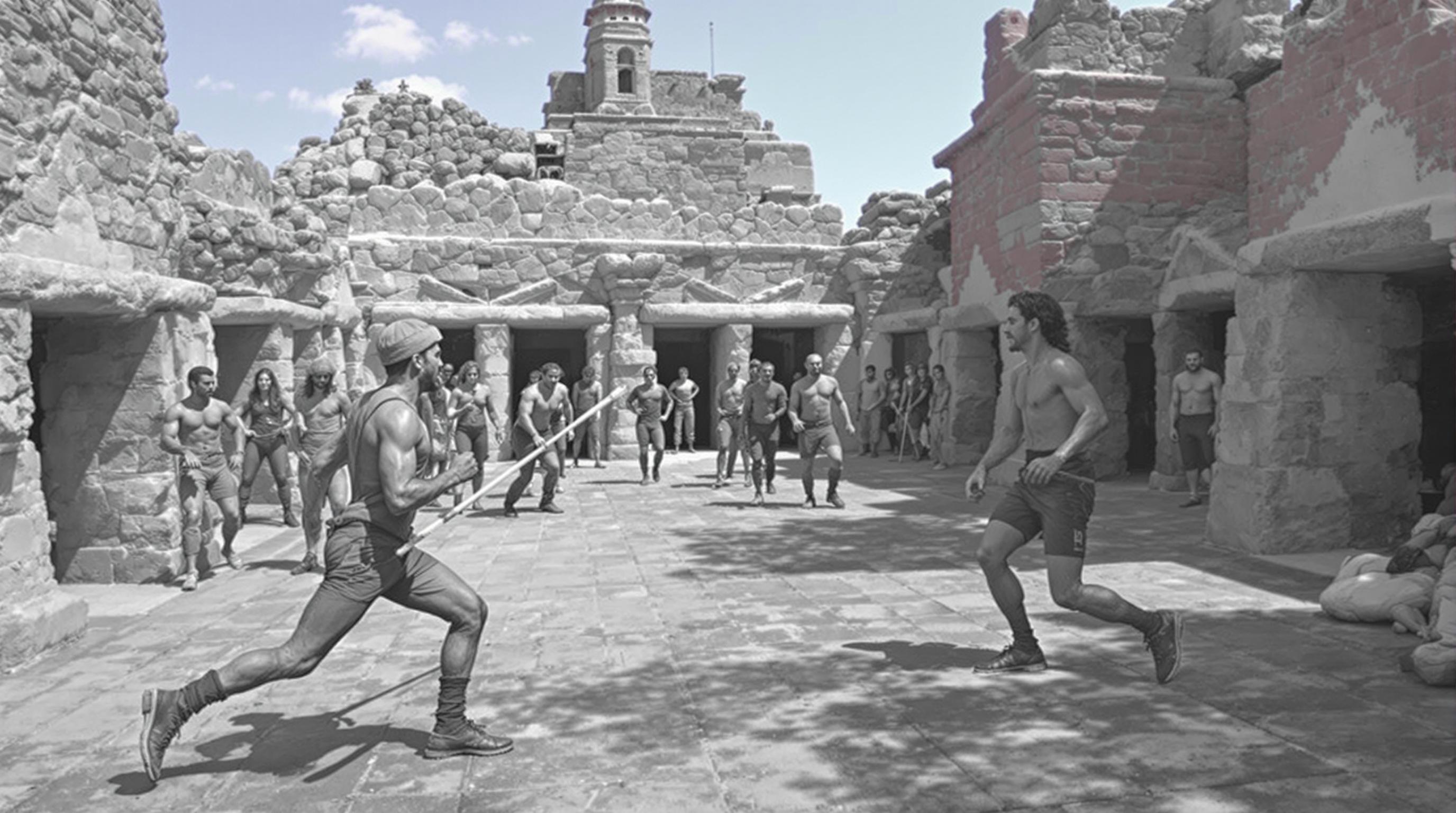Related Articles
- Sporting Rituals: The Curious Connections Between Athletic Events and Ancient Traditions of Worship and Community Bonding
- Game On: The Surprising Influence of Sports on Fashion Trends and Personal Identity in Youth Culture
- Rituals and Rites: How Competitive Sports Influence Cultural Practices in Spiritual and Indigenous Communities
- Sports as Social Glue: Examining the Bond Between Athletic Rivalries and Neighborhood Integration
- Spectacles of Strife: How Weather Patterns Disrupted Historic Sports Events and Changed Athletes' Fortunes
- Bizarre Beginnings: The Unwritten Rules of Quirky Sports and Their Role in Shaping Modern Athletics
Ancient Athleticism and the Role of Ritualistic Competitions in Intertribal Diplomacy and Conflict Resolution
Ancient Athleticism and the Role of Ritualistic Competitions in Intertribal Diplomacy and Conflict Resolution
Ancient athletic competitions served as vital conduits for intertribal diplomacy and conflict resolution, transforming physical prowess into a language of cooperation and cultural identity. This article explores the multifaceted role of these athletic rituals across different civilizations, examining how they forged alliances, negotiated peace, and fostered a sense of community.
The Roots of Athletic Competition
From the earliest days of human civilization, competition has been a hallmark of social interaction. In ancient myths and stories, athleticism often emerged as a tool for establishing order, where communities sought to assert their strength without resorting to violence.
The Olympics: A Case Study of Unity
The ancient Greek Olympic Games, instituted in 776 B.C., offer a primary example of using athletic competitions as a peaceful means of intertribal diplomacy. Every four years, warring city-states would cease hostilities to participate in the games, uniting them under a common cultural banner. This truce, known as the Ekecheiria, allowed for safe passage to compete and laid the foundation for diplomatic relations that transcended mere sport.
Statistical Legacy
Astonishingly, the impact of the Olympics was so profound that records indicate around 70 percent of the Greek city-states would attend the Games, fostering not only athletic prowess but also cultural exchange across borders (D.C. Smith, *The Ancient Greeks and Their Olympics*). These events paved the way for dialogues and negotiations that often continued into the political arena.
Ritualistic Competitions in Indigenous Cultures
In many tribal societies, ritualistic athletic competitions were not merely grassroots events but acted as linchpins in the fabric of intertribal relationships. From the Native American powwows to African traditional wrestling, these competitions served as venues for displaying strength, endurance, and communal spirit.
Combining Humor with Tradition
In a light-hearted moment, a participant once joked during a Native American footrace, “I might not win, but at least I won’t have to share my buffalo stew with the competition!” This camaraderie showcases how humor often diffused tensions and fostered a spirit of friendly rivalry, reminding everyone that at the end of the day, community and participation mattered more than victory.
Rituals Transforming Relations
Take, for example, the *Pawnee Star Wars* in pre-colonial America. These contests, often mistaken purely for combat training, served more as mock battles wherein tribes debated grievances and established treaties. By engaging in athletic showdown rather than physical war, both community pride and bloodshed were preserved. It’s said that disputes that could have ended in warfare rather led to loom-woven tapestries of allegiance and respect, all while maintaining the spirit of jest.
A Symbol of Community
The role of athleticism in promoting collective identity cannot be understated. Describing traditional cricket matches among communities in rural India, one might say they are more than just a game—they act as a vibrant tapestry that weaves together disparate ethnic narratives, fostering a sense of belonging among participants and spectators alike.
The Power of Narratives
Storytelling around athletic events adds layers of significance to them. In many cultures, these narratives transform athletes into heroes, embodying the trials and tribulations of their people. For example, in Ireland's ancient Gaelic Games, mythical tales surround the feats of strongmen, enhancing community pride and intertribal respect.
The Impact of Martial Arts
Martial arts, from Judo in Japan to Brazilian Capoeira, also illustrate how ancient athleticism serves as a form of conflict resolution. These practices often incorporate not just physical training but also philosophical teachings that emphasize respect and self-regulation. As modern martial artist and historian, Hidetaka Nishio, stated, “The mat is a battlefield; what is learned there is how to fight without fighting.” This notion continues today in workshops designed to educate youth on managing disputes through non-violent means.
Modern Implications
The legacy of ancient athleticism persists, often repurposed in modern contexts. Consider the role of athletic events, such as the Commonwealth Games or the FIFA World Cup, in fostering international diplomacy. These events help nations build bridges over political divides, creating temporary alliances and mutual respect, mirroring their ancient predecessors.
Statistics Supporting Modern Diplomacy
Interestingly, a study conducted by the International Olympic Committee found that 60 percent of nations reported improved diplomatic relations following participation in multilateral sporting events (International Academy of Sport Science & Technology, 2021). This demonstrates the ongoing capability of athletics for cultivating cross-cultural ties and easing tensions.
Conclusion: The Continuum of Athletic Diplomacy
As we reflect on the vital intersections of ancient athleticism and its role in diplomacy, it is clear that the competitive spirit transcended mere sport; it involved ritualistic practices that emphasized cooperation over conflict. From iconic examples of the Olympics to indigenous tribal traditions and modern sporting diplomacy, athleticism remains a powerful vehicle for promoting peace, unity, and understanding among peoples worldwide.
Final Thought
Next time you find yourself caught in a debate with a friend—or even family—consider suggesting a playful contest instead of an argument. Remember, ancient wisdom teaches us: why fight when you can compete? 🍃
